
Made up mostly of little towns, you'll find out that many of them are tiny, precious jewels and kept well hidden by locals to protect them. And yet, you'll also find yourself warmly welcomed when you get there.
Sauris is one of these gems, in the heart of the Carnia mountains. A small town of only 400 inhabitants near Udine, in the Lumiei Valley, it's actually a renowned one for a very special reason. Of course, if it's not about wine, it'll be something about food... And in Sauris there's an extraordinary, long standing tradition of ham-making.
The Prosciutto di Sauris is unique in many ways. It's smoked with local beechwood, following an ancient method, and left naturally aging by the mountains' fresh air. In 2009 it received the IGP badge (Geographically Protected Identification), the Italian high quality standard acknowledgement for products specifically linked to a territory and its tradition, just as in this case. One of the oldest ham makers in Sauris is Prosciuttificio Wolf Sauris, run since 1862 by the Wolf family. Once a year, in July, the town celebrates its ham with a dedicated four day-festival.
Which wine is the best to drink with famous Sauris' prosciutto? Well you can choose among some of the local ones, like the white magic of the native Friulano, giving you fresh and fruity sensations with an almond touch.
Having been isolated for centuries, smoking is a traditional way of food preserving here, and it's applied not only to meat (a great variety of salami and cured meats), but also to fishes: a delicious treat in Sauris is the typical smoked trout.
An island... in the mountains
Its isolation brought about a few peculiarities, for example its still relevant German influence, especially to be noted in the language: its second name is the German Zahre. Sauris actually belongs to the Comitato Unitario delle Isole Linguistiche Storiche Germaniche in Italia, an association connecting small, historical German speaking communities in Italy.
Being at a 1.400 metres altitude, Sauris is surrounded by mountains and malgas (mountain cottages) where wonderful cheeses, like fresh ricotta, are made out of goat and cow milk – and you can also stay and sleep in some of them, like the stunning Malga Malins. The woods provide not only the precious beechwood, but also a lot of berries and, therefore, a number of yummy home-made marmalades.
The landscape is amazing and enriched by the presence of the crystal clear Lake of Sauris, created by the dam on Lumiei River. All around there are mountain peaks as high as Col Gentile (2.075 mt) or Monte Bivera (2.474 mt), so it's the perfect place for hiking, horse riding and skiing. In Sauris it's leisure time... all year round.
More infos at: Ufficio Turistico di Sauris.
Cover photo: Lago di Sauris, taken from the website www.scoprifvg.it
Ham photo courtesy of Markus Hendrich
Malga Malins photo taken from the website www.malghefvg.it

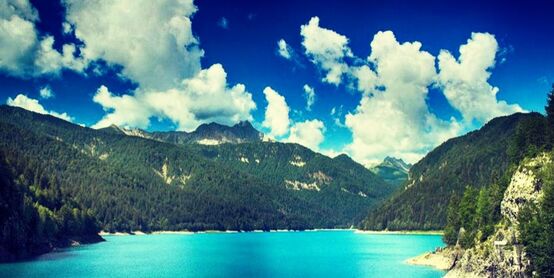
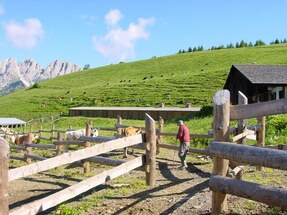
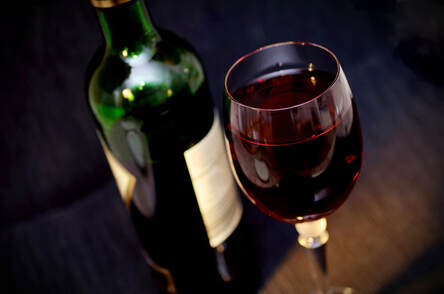
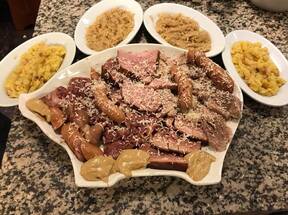


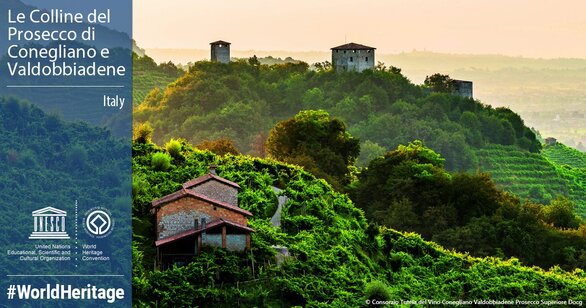
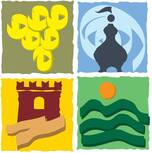
 RSS Feed
RSS Feed